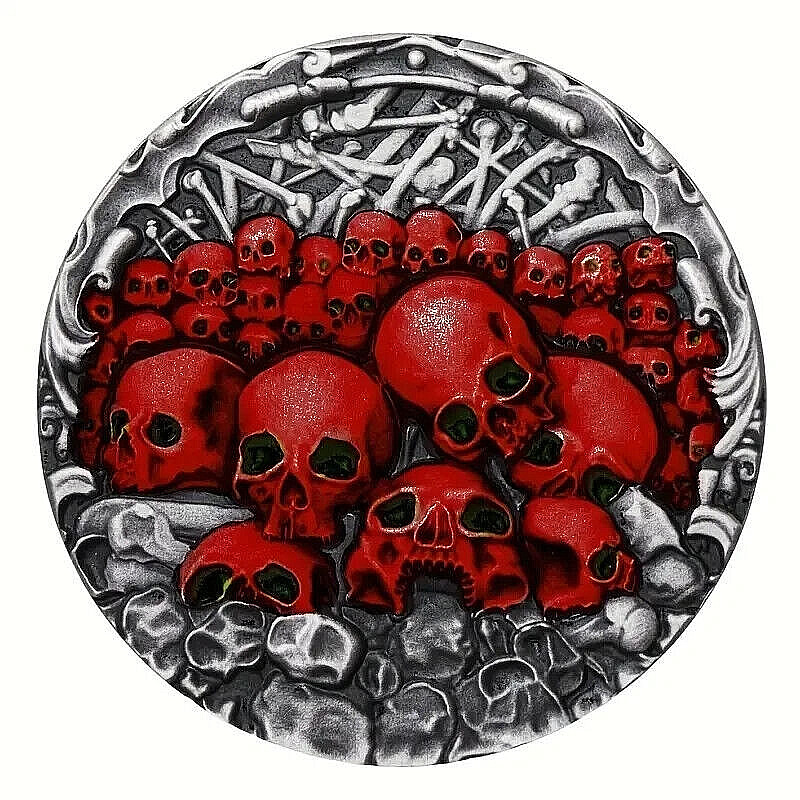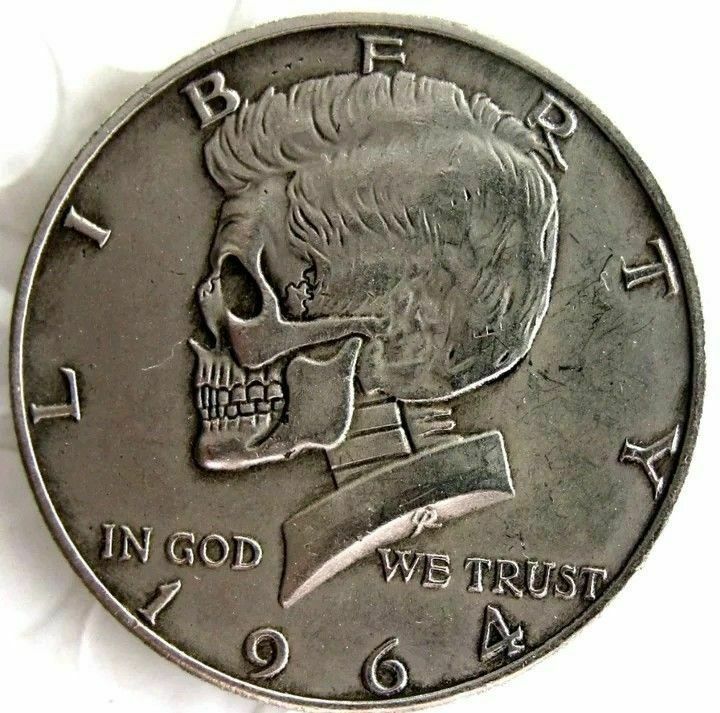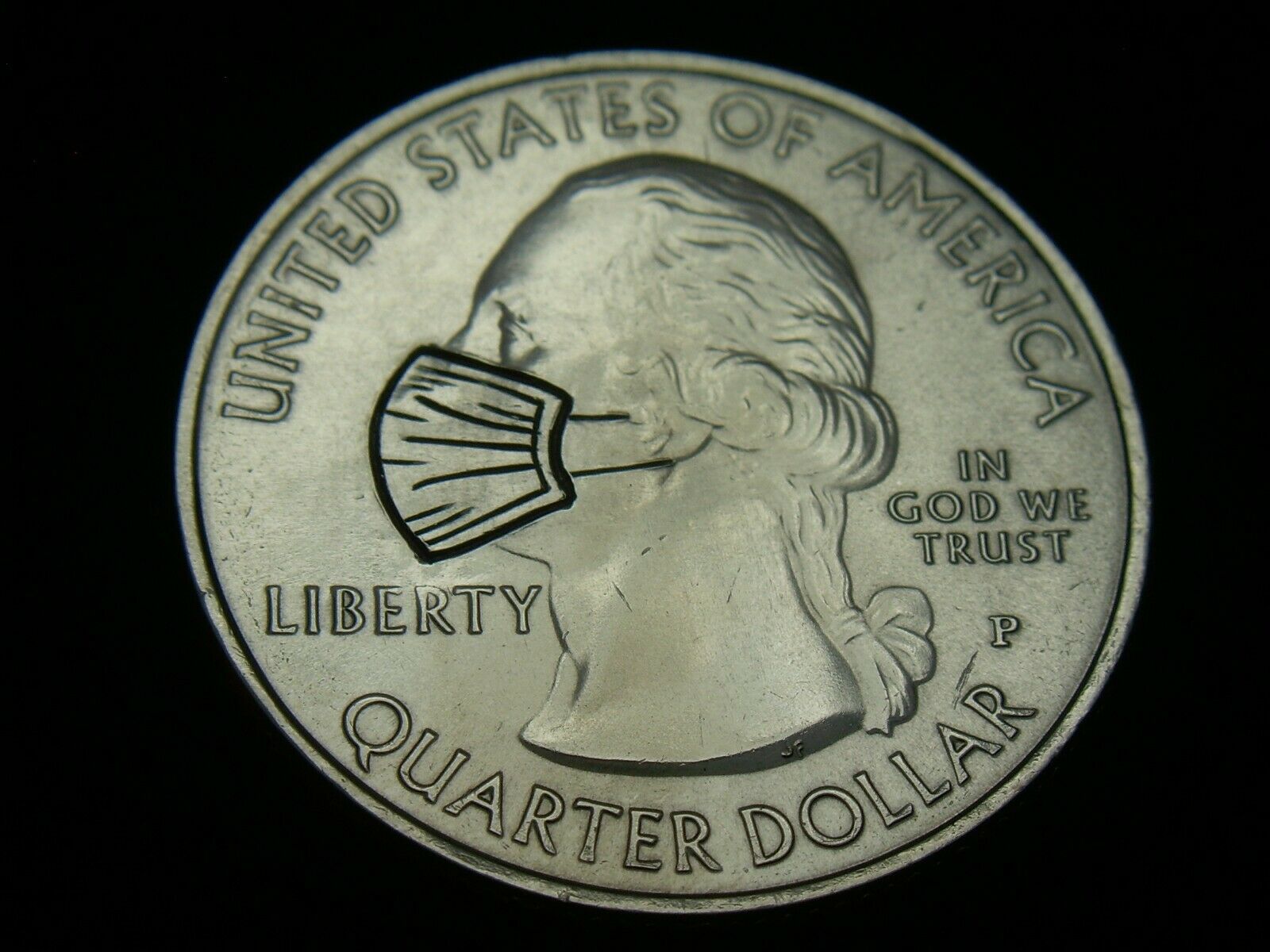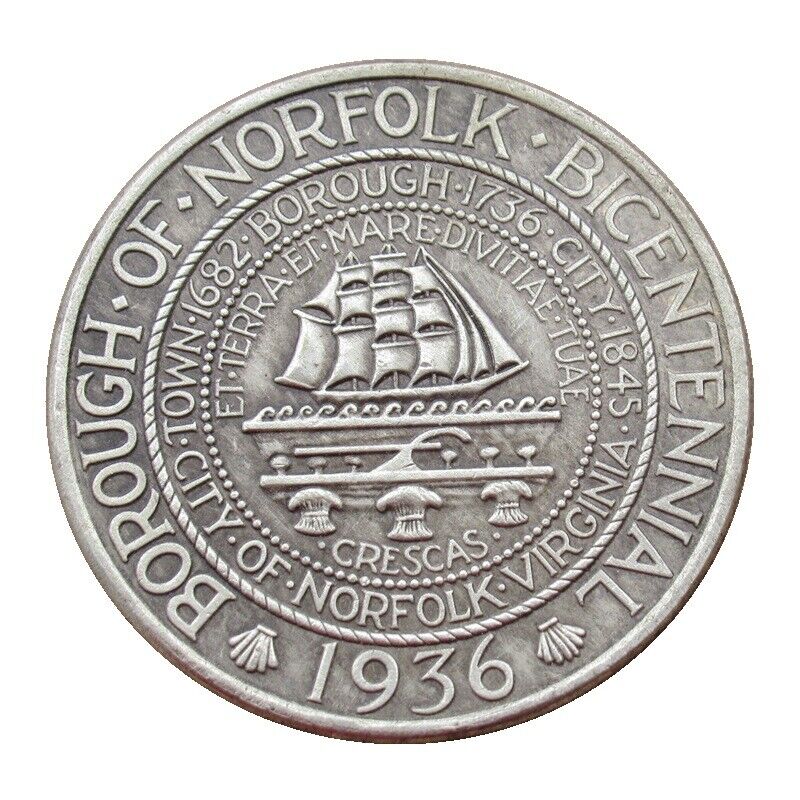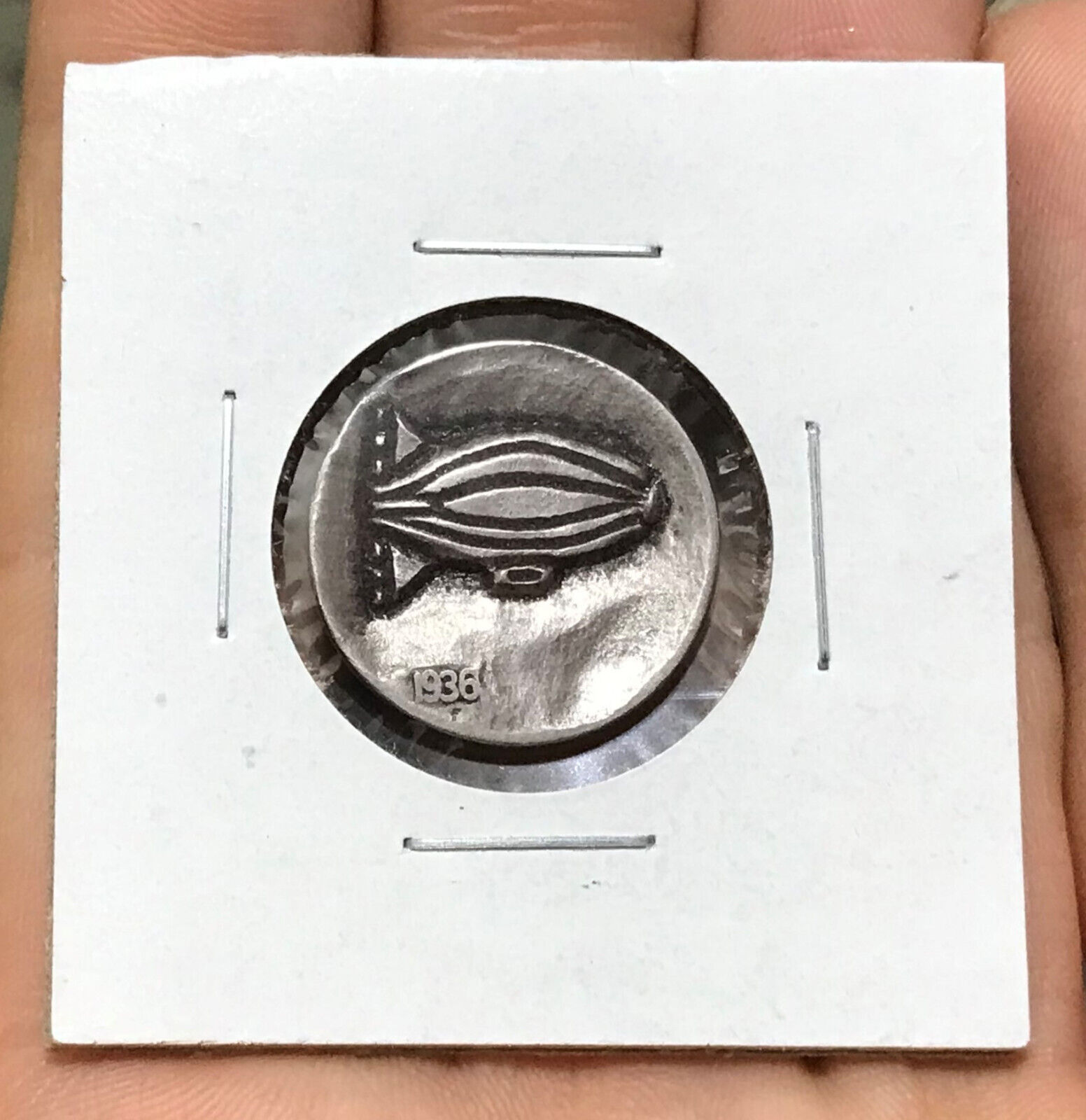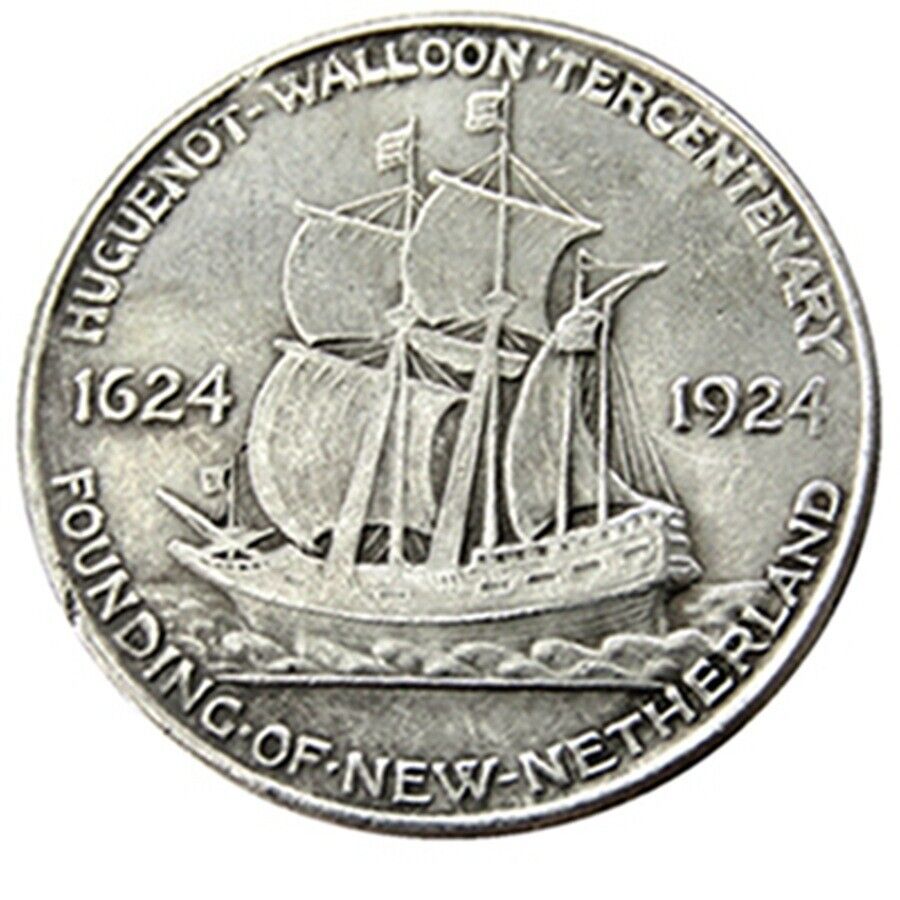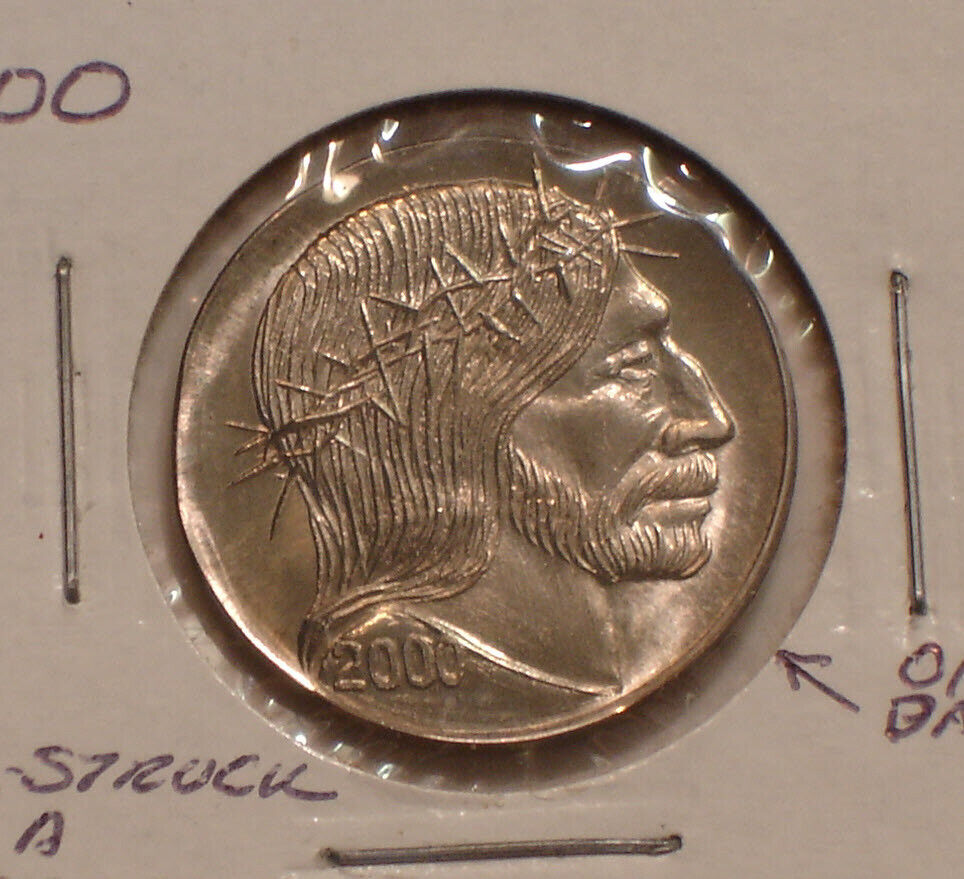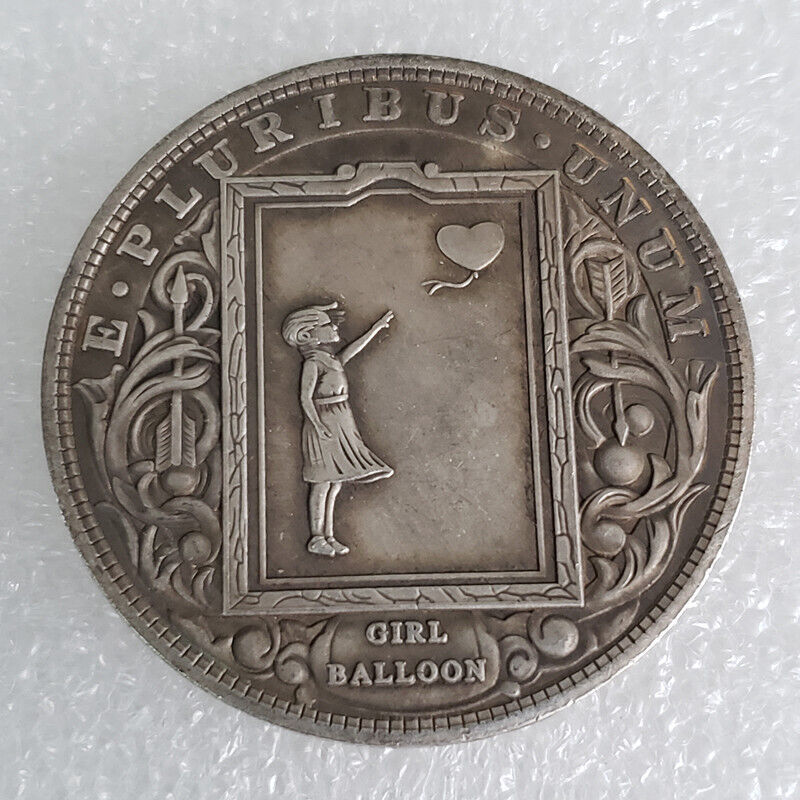-40%
Color Skulls and Bones, Souvenir, Challenge, Collectable Coin, Hobo Nickel, Gift
$ 2.61
- Description
- Size Guide
Description
This unique collectible coin features intricate designs of colorful skulls and bones, making it a perfect addition to any collection. Measuring at a standard coin size, it can also be used as a souvenir or challenge coin. Crafted in the style of a Hobo Nickel, this item is a great gift for coin enthusiasts or anyone who appreciates art. Whether you are a fan of Exonumia or just looking for a new item to add to your Coins & Paper Money collection, this colorful souvenir is sure to impress.Souvenir Metal Coin
Quality: 100%High Quality
Material: iron plated
Size: 38X38X3mm
Weight: almost 25 g/piece
Package includes:
one coin with one plastic case
They are a great talking point and certainly a very unique gift.
But to be cleared, they are decorative ornament only, also can be used for collection.
What is HOBO coin? - The hobo nickel is a sculptural art form involving the creative modification of small-denomination coins, essentially resulting in miniature bas reliefs. The US nickel coin was favored because of its size, thickness and relative softness. However, the term hobo nickel is generic, as carvings have been made from many different denominations. Due to its low cost and portability, this medium was particularly popular among hobos, hence the name "hobo nickel."
The altering of coins dates back to the 18th century or earlier. Beginning in the 1850s, the most common form of coin alteration was the "potty coin", engraved on United States Seated Liberty coinage (half dime through trade dollar) and modifying Liberty into a figure sitting on a chamber pot. This time period was also the heyday of the love token, which was made by machine-smoothing a coin (usually a silver example such as a Morgan dollar) on one or both sides, then engraving it with initials, monograms, names, scenes, etc., often with an ornate border. Hundreds of thousands of coins were altered in this manner. They were often mounted on pins or incorporated into bracelets and necklaces. Hobo-style coin alteration could be found outside the United States, primarily in Britain, France, and South Africa.
